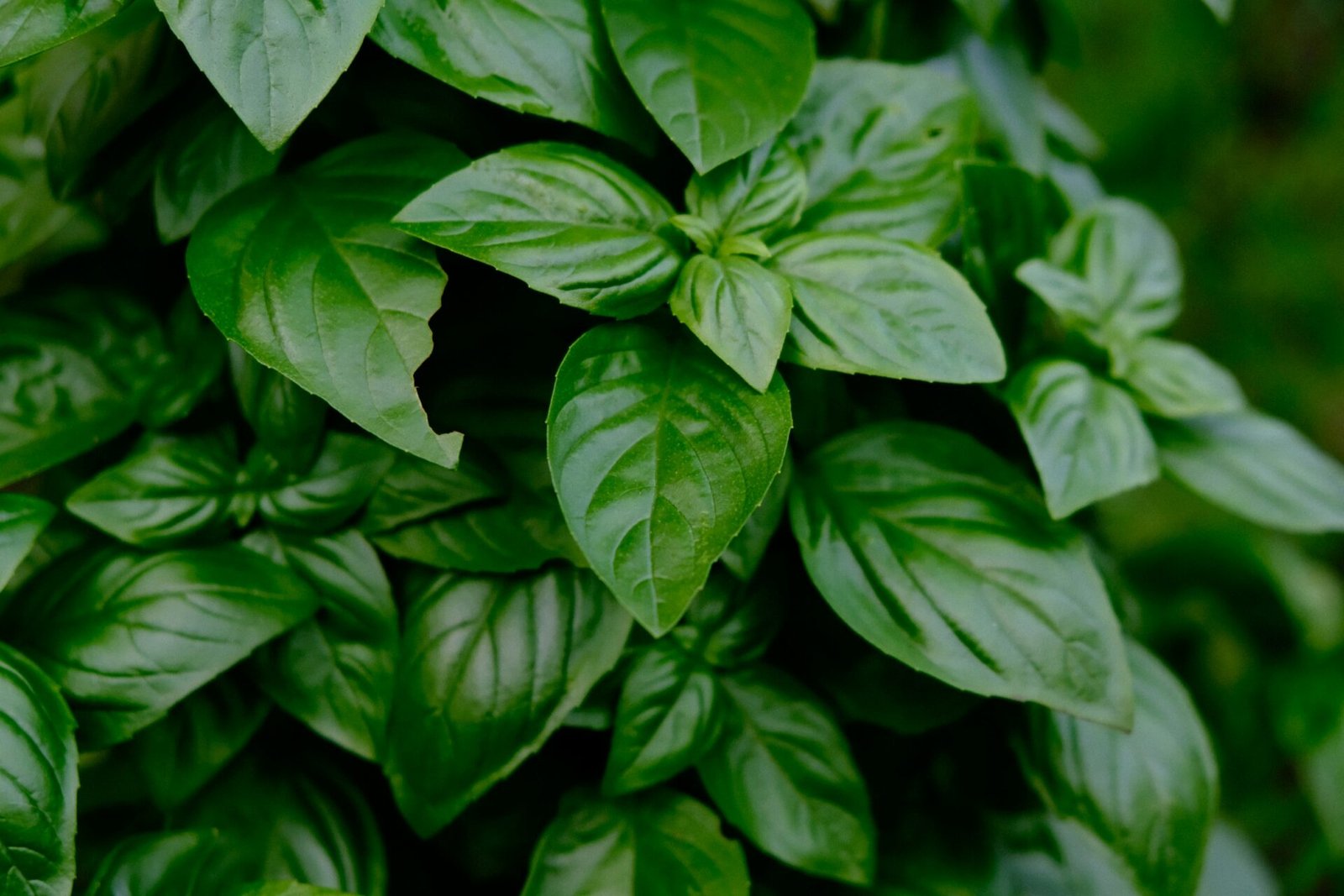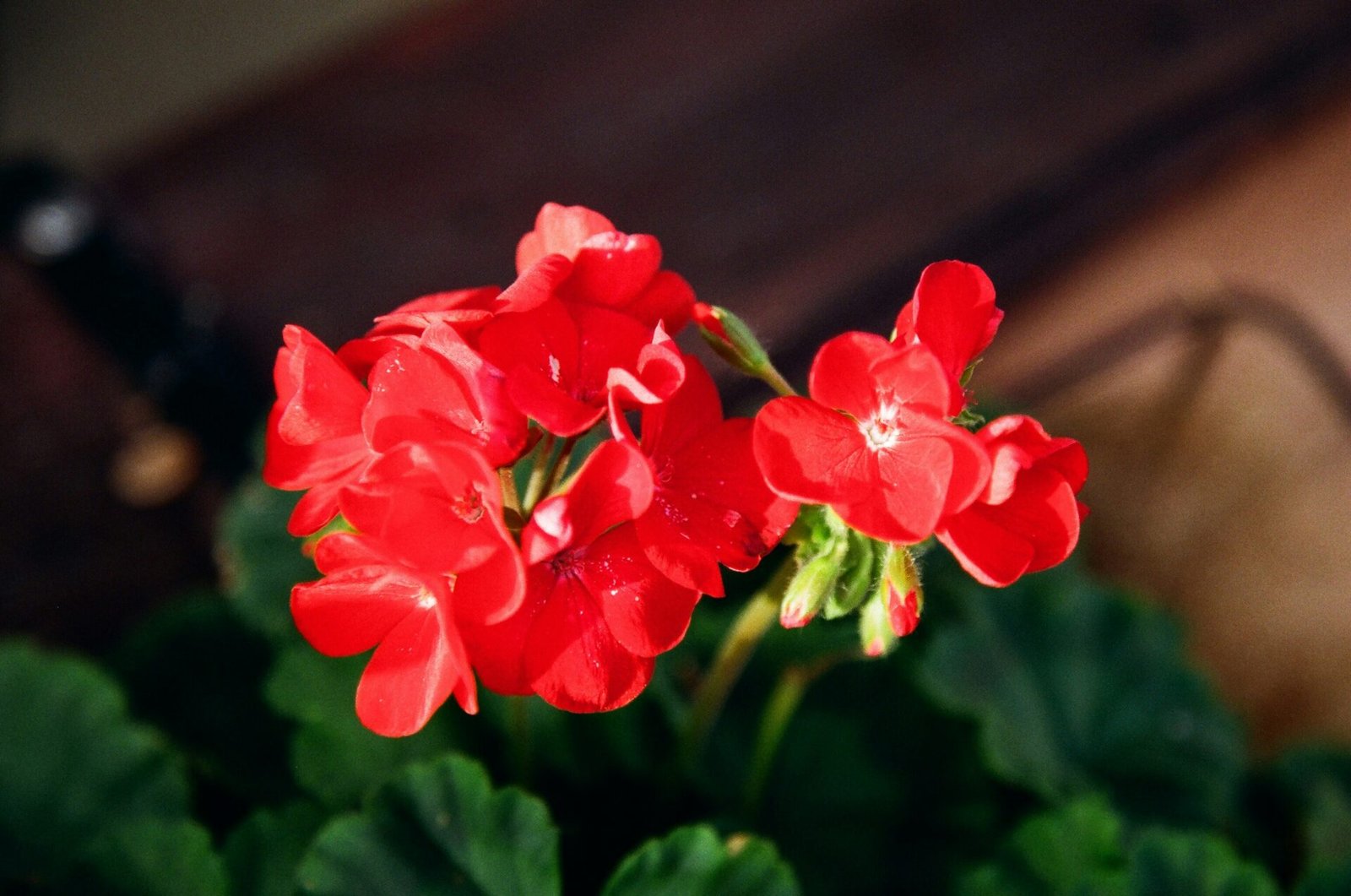Urban vertical gardening isn’t just a trend; it’s a revolution in how we think about growing food in the concrete jungle. I’ve seen firsthand how these living walls can transform a dull facade into a lush oasis, bringing a touch of nature to the heart of the city.
As space becomes a premium, I’m thrilled by the innovative ways urban dwellers are turning to vertical gardens. They’re not only aesthetically pleasing but also a smart solution to the challenges of urban agriculture. Join me as I delve into the world of vertical gardening and discover how it’s changing the urban landscape.
Benefits of Urban Vertical Gardening
Urban vertical gardening isn’t just a visual treat; it’s a multifaceted boon to city life. Space conservation is a prime advantage. When sprawling horizontal space is a scarce commodity, gardens that climb up the side of a building are an ingenious solution. By cultivating plants vertically, cities can turn underutilized walls and facades into productive green spaces.
Sustainability efforts also receive a significant boost from vertical gardens. Plants inherently purify the air, acting as natural filters by absorbing carbon dioxide and releasing oxygen. This improved air quality is particularly vital in urban centers where pollution poses a relentless challenge.
Temperature regulation is another key benefit. In my experience, buildings with leafy exteriors enjoy a form of natural insulation. During summer, these walls provide shade and help to cool down the interiors, reducing the reliance on air conditioning. Conversely, in colder months, the layer of plants can provide insulation, aiding in heat retention.
From an ecological perspective, vertical gardens can mitigate the Urban Heat Island effect, a phenomenon where city areas become significantly warmer than their rural surroundings. The plants in these gardens help to cool the air through a process called evapotranspiration, lessening the heat island impact.
Apart from ecological benefits, urban vertical gardens have profound social and psychological effects. They create serene green pockets in the concrete jungle, potentially reducing stress levels and fostering a sense of well-being. Green spaces are linked to improved mental health in numerous studies, and vertical gardens extend this benefit skyward.
For city planners and developers, embracing vertical gardening can also translate into economic value. Green facades can increase a property’s allure, attracting residents and businesses looking for an edge in sustainable living. Here’s a quick rundown of vertical gardening benefits:
- Space-efficient food production
- Air purification
- Temperature moderation
- Reduction of Urban Heat Island effect
- Enhanced mental health for city dwellers
- Increased property appeal
Incorporating these gardens brings a slice of the countryside to the cityscape, fostering a stronger connection between urban dwellers and the natural world. It’s a step forward in urban design, meshing functionality with sustainability. As I continue to explore the vertical expanses of these gardens, the rewards for cities and citizens alike become increasingly clear.
Types of Vertical Gardening Systems
Vertical gardening is a versatile practice, and several systems have been implemented to accommodate various plant types and urban environments. As a seasoned green-thumbed writer, I’ve seen a plethora of installations, each with its unique set of advantages.
Trellis Systems are among the most common forms of vertical gardens. They can be constructed from wood, metal, or plastic and provide an excellent framework for climbing plants and vines. They’re particularly effective for edible gardens, such as tomatoes, peas, and beans, which benefit from vertical growth.
Wall Planters offer another option where space is at a premium. These systems utilize hanging planters or mounted pockets on the side of buildings. They’re perfect for herbs, small vegetables, and ornamental plants. Installation is typically straightforward, and maintenance can be as simple as watering and periodic feeding.
Tower Gardens are innovative and ideal for urban settings where ground space is nearly non-existent. These circular towers house plants in a vertical arrangement and often incorporate hydroponic or aeroponic systems. I’ve seen tower gardens produce substantial yields, particularly for leafy greens and herbs.
Green Walls take vertical gardening to the architectural level. Living walls are incorporated into the structure of the building, providing insulation and improving air quality. They can be soil-based or hydroponic, and although more complex in setup and maintenance, they make dramatic visual statements and contribute significantly to a building’s ecological footprint.
When choosing a vertical gardening system, consider:
- The climate and sunlight availability
- The type of plants you wish to grow
- Maintenance requirements
- Structural limitations of your space
Each system brings the verdant allure of the countryside into the urban jungle. As urban areas continue to grow, these vertical gardening methods aren’t just pleasing to the eye; they’re functional components of sustainable urban development. Whether for small scale personal projects or large-scale urban renewal, these systems pave the way for heightened ecological synergy within our cities.
Choosing the Right Plants for Vertical Gardening
When selecting plants for a vertical garden, it’s vital to consider the growing conditions and the architectural constraints of the space. Light, water needs, and growth habits are key factors that can’t be overlooked. I’ll take you through the most important considerations to ensure a thriving wall of greenery.
Sunlight plays a critical role in the health of plants. For spaces bathed in full sun, succulents and flowering perennials are superb choices, as they not only withstand the direct exposure but thrive in it. Plants like sedum and lavender can cope with the heat and still flourish. On the other hand, ferns and hostas are best suited for shaded areas where the harsh sun is less intense.
Another significant aspect is water requirements. All plants are not created equal when it comes to their thirst. Grouping together plants with similar water needs simplifies maintenance and ensures more uniform growth. Drought-tolerant species like portulaca and ornamental grasses require less frequent watering, while crops like lettuce and herbs may need more consistent moisture.
The plant’s growth habits also influence their suitability for a vertical garden. Vining plants like ivy are naturals for climbing trellises, while compact herbs like thyme are perfect for smaller, confined spaces. When considering green walls or tower gardens, look for plants that can handle being in close quarters with their neighbors, such as an array of small ferns, bromeliads, and certain types of begonias.
To ensure your vertical garden is manageable and maintains visual appeal, choose plants that have similar maintenance needs. That might include their pruning schedules or susceptibility to pests. For instance, having a selection of perennial plants that require minimal pruning is a smart choice for a low-maintenance garden.
It can’t be stressed enough that the right plant selection transforms a vertical garden from a mere concept to a living work of art. Remember to also take into account the plant’s lifecycle, whether it’s an annual or perennial. Annuals will give a burst of color for a season, while perennials will come back year after year, each with its own consideration for your urban oasis.
Part of the fun in vertical gardening is experimenting with different plant combinations and designs. With these considerations in mind, you’re bound to create a space that’s not only visually stunning but also ecologically sound.
Tools and Equipment for Urban Vertical Gardening
Successful urban vertical gardening requires not only the right plants but also the appropriate tools and equipment. Whether you’re starting your garden from scratch or enhancing an existing one, certain items are essential for streamlining the gardening process and ensuring your vertical garden thrives.
Planters and Pots: For urban gardeners, space-saving solutions like stackable and hanging planters are priceless. These container types allow you to maximize vertical space effectively. Look for pots with built-in watering systems to reduce maintenance efforts.
Structural Supports: Vertical gardens rely heavily on various forms of structural support. Trellises, wall planters, and modular vertical gardening systems provide frameworks that enable plants to grow upwards. Additionally, using durable materials, such as metal or treated wood, can ensure that the structure withstands the elements and the weight of growing plants.
Soil and Nutrients: The choice of soil is pivotal for any type of gardening. For vertical gardens, I lean towards lightweight potting mixes that promote good drainage and aeration. Complementing the soil with slow-release fertilizers can provide your plants with the necessary nutrients over an extended period, thus reducing the frequency of feeding.
Irrigation System: An efficient watering system is a game-changer for urban vertical gardens. Drip irrigation kits can be adapted for vertical setups, delivering water directly to the roots with minimal waste. These systems can be automated, ensuring your plants stay hydrated even when you’re away.
Gardening Tools: Don’t forget the basics—pruning shears, gloves, a watering can, and a trowel. These tools are indispensable for daily maintenance tasks such as pruning, planting, and weeding.
Considering the right combination of tools and equipment will not only ease the care of your urban vertical garden but will also promote healthy plant growth and yield. Always opt for quality over quantity; well-crafted tools and thoughtfully designed systems pay for themselves in the longevity and success of your garden. Remember to make eco-friendly choices when possible to support the sustainability of your urban oasis.
Maintaining and Caring for Your Vertical Garden
Maintaining a thriving vertical garden in an urban environment takes commitment and a routine that fosters plant health. Regular monitoring is key to catching any potential issues early on, which can save a lot of time and effort in the long run. Watering is foundational in plant care, and for vertical gardens, it’s crucial to ensure even distribution. A drip irrigation system can be a lifesaver, delivering water efficiently to every plant. It’s also essential to check for clogging regularly to keep it functioning properly.
Beyond irrigation, pruning and trimming play significant roles in a garden’s vitality. Not only does pruning help with shaping and training plants, but it also encourages new growth and prevents diseases. The type of pruning will depend on the plants you’re growing, so do your research or consult a local nursery for specific instructions.
- Monitor garden health by checking for pests and signs of disease.
- Water consistently and check the irrigation system often.
- Prune and trim plants to encourage growth and prevent disease.
Fertilization should not be overlooked; it provides necessary nutrients that might be depleted from the soil over time. Organic and slow-release fertilizers are excellent choices for sustainable urban gardening. They release nutrients gradually, which helps prevent nutrient burn and supports long-term soil health. Adjust feeding schedules according to plant needs, which can change with the seasons.
Regular examination of the garden’s structure is another facet of maintenance. Ensure that the supports and planters are secure and not deteriorating. Urban environments can sometimes present unique challenges, such as air pollution or limited space, which makes robust structures even more critical.
- Use organic fertilizers to promote sustainable growth.
- Adjust feeding schedules as needed.
- Routinely inspect structural integrity and stability.
As an urban gardener, it’s also beneficial to keep learning. Staying updated on gardening practices, new plant varieties suited to vertical spaces, and technology advancements in garden management can make caring for your urban oasis more effective and enjoyable. Joining a community garden group or participating in forums can provide valuable insights and tips from fellow enthusiasts. Remember, every bit of effort you put into your vertical garden pays off with a lush, green space that serves not just as a food source but also as an escape within the urban jungle.
Successful Examples of Urban Vertical Gardens
I’ve seen firsthand how urban vertical gardens can transform spaces and communities. The Tower Garden project in New York City is one of the most notable urban vertical gardens around. This aeroponic system allows urban dwellers to grow vegetables, herbs, and fruits without soil. The results are impressive: higher yields and a reduction in water usage by about 90%. This project is a beacon of sustainability and resourcefulness.
Another inspiring success story is The Pasona Tokyo Headquarters, which has an office building doubling as a massive vertical farm. The integration of work and agriculture has yielded numerous benefits: improved air quality, reduced energy costs, and fresh food for employees. The farm produces about 200 species of fruits, vegetables, and rice, contributing significantly to the local food supply. This harmonious blend of business with sustainable practices is a benchmark for future developments.
Let’s not forget Singapore’s Oasia Hotel Downtown. Blanketed in a lush vertical garden that supports biodiversity, it’s both an architectural marvel and a beacon of green living. The garden cools the urban heat island effect and provides a habitat for birds and insects, which is vital in a city with limited land for nature reserves.
- Tower Garden, NYC: Aeroponic system
- Pasona Tokyo Headquarters: Office-farm hybrid
- Oasia Hotel Downtown, Singapore: Biodiversity supporter
These examples aren’t just beautiful; they’re functional. They serve as a testament to the power of vertical gardening in revitalizing urban centers and creating sustainable ecosystems within concrete jungles. Engaging with these projects through forums or by visiting can provide invaluable insights for anyone looking to start their vertical garden. By adopting some of the successful strategies from these projects, I’m confident that even more urban vertical gardens will bloom across cityscapes, contributing to both urban beautification and ecological balance.
Overcoming Challenges in Urban Vertical Gardening
While urban vertical gardens offer numerous ecological and aesthetic benefits, certain challenges can arise, making it crucial to adopt effective strategies to ensure their success.
One core challenge is the space limitation inherent in urban environments. It’s essential to maximize the use of available space with intelligent design solutions. For instance, using modular planters and stackable systems can efficiently utilize vertical spaces, giving rise to lush green walls that require minimal ground area.
Climatic factors also play a pivotal role in the flourishing of vertical gardens. Urban areas can experience harsh conditions not found in natural settings, like strong winds or the heat-island effect. To counter this, I pick plant species carefully, opting for those that are hardy and can adapt to the local microclimate. Moreover, integrating micro-irrigation systems ensures that plants receive the right amount of water, mitigating the harsh environmental stresses.
Another significant obstacle is maintaining the health of plants. Urban pollution can lead to increased levels of contaminants in the soil and air, potentially hindering plant growth. Regular monitoring and maintenance are crucial, including soil testing and pruning, to ensure that the vertical garden remains a verdant and vibrant feature of the urban landscape.
Access to these vertical gardens for maintenance purposes can often be another challenge. Innovative solutions like mobile platforms or built-in access points within the design facilitate easy and safe maintenance practices. Engaging with local horticultural experts for maintenance can also lead to better care and longevity of the garden.
Budget constraints often affect the feasibility of establishing large-scale vertical gardens. However, engaging the community and local businesses can lead to sponsorships or partnerships that help offset costs, while at the same time fostering a sense of communal ownership and responsibility towards these green initiatives.
By addressing these challenges with careful planning and innovative thinking, urban vertical gardening can thrive, transforming concrete jungles into lush, green havens that benefit both the environment and the community.
Conclusion
Urban vertical gardening isn’t just a trend; it’s a sustainable solution that breathes life into our concrete jungles. I’ve shared the potential hurdles you might face and armed you with strategies to leap over them. Remember, success in this green endeavor hinges on your ability to plan and innovate. By embracing vertical gardens in our cities, we’re not only enhancing aesthetics but also forging a future where nature and urban life thrive together. Let’s keep pushing the boundaries of what our urban landscapes can become.
Frequently Asked Questions
What is urban vertical gardening?
Urban vertical gardening is the practice of growing plants on vertical surfaces in urban environments, such as building walls, balconies, and even rooftops. It’s a creative solution to the lack of green spaces in cities.
What are the main challenges of urban vertical gardening?
The main challenges include space limitations, adapting to urban climatic factors, maintaining plant health, ensuring easy access for garden maintenance, and working within budget constraints.
How can space limitations be overcome in vertical gardening?
Space limitations can be overcome by utilizing hanging planters, wall-mounted systems, and modular planters designed to maximize plant growth in a limited area through vertical stacking.
What should be considered for maintaining plant health in vertical gardens?
To maintain plant health in vertical gardens, it’s essential to select appropriate plants for the specific urban climate, ensure proper water drainage and nutrition, and monitor for pests and diseases regularly.
Are vertical gardens expensive to create and maintain?
Creating and maintaining vertical gardens can be costly, but cost can be managed through careful selection of materials, DIY solutions, and selecting plants that require less maintenance. Budget-friendly options are available with proper planning.





